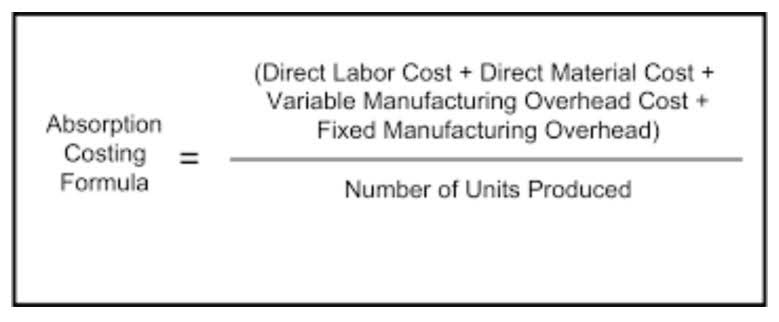
To do this, businesses need to take into account bank charges, NSF checks, and errors in accounting. When your balance as per the cash book does not match with your balance as per the passbook, there are certain adjustments that you have to make in order to balance the two accounts. There are times when the bank may charge a fee for maintaining your account, which will typically be deducted automatically from your account.
Compare your bank statements

You should perform monthly bank reconciliations so you can better manage your cash flow https://www.bookstime.com/ and understand your true cash position. Read on to learn about bank reconciliations, use cases, and common errors to look for. Greg’s January financial statement for the company shows $100,000 in cash, but the bank statement shows only $88,000.
Required Information to Create a Bank Reconciliation Statement
Bank errors are mistakes made by the bank while creating the bank statement. Common errors include entering an incorrect amount or omitting an amount from the bank statement. Compare your personal transaction records to your most recent bank statement. First, make sure that all of the deposits listed on your bank statement are recorded in your personal record. If not, add the missing deposits to your records and your total account balance.
Step 4: Make Sure the Balance As Per the Bank Matches the Balance As Per the Cash Book

Standardizing the process with a set of steps to follow for reconciliation can make the process more organized and save time. This can be done by creating a checklist or using a reconciliation software tool. With that information, you can now adjust both the balance from your bank and the balance from your books so that each reflects how much money you actually have.
Step 3: Review Account Trial Balance
We strongly recommend performing a bank reconciliation at least on a monthly basis to ensure the accuracy of your company’s cash records. A monthly reconciliation helps to catch and identify any unusual transactions that might be caused by fraud or accounting errors, especially if your business uses more than one bank account. If the company properly identifies all differences and adjusts them, there should be no remaining difference between the bank book and bank statement balances.
Compare the Deposits

If you’re finding withdrawals that aren’t listed on the bank statement, do some investigation. If it’s a missing check withdrawal, it’s possible that it hasn’t been cashed yet or wasn’t cashed by the statement deadline. Consider performing this monthly task shortly after your bank statement arrives so you can manage any errors or improper transactions as quickly as possible. Using cloud accounting software, like Quickbooks, makes preparing a reconciliation statement easy.

For simplicity, our examples and discussion assume that the company has only one checking account with one general ledger account entitled Cash. Cash management software allows businesses to gather real-time cash positions across the organization, helping to make better business decisions based on accurate data. Reconciling your bank statement can help you avoid bounced checks (or failing to make electronic payments) to partners and suppliers. The documentation review process compares the amount of each transaction with the amount shown as incoming or outgoing in the corresponding account. For example, suppose a responsible individual retains all of their credit card receipts but notices several new charges on the credit card QuickBooks bill that they do not recognize.
- When a company writes a check, the company’s general ledger Cash account is credited (and another account is debited) using the date of the check.
- With its customizable workflows, you can tailor the reconciliation process to fit your specific needs, ensuring a smooth and efficient operation.
- Apart from fraud, bank reconciliation can also help a company detect errors.
- Before you reconcile your bank account, you’ll need to ensure that you’ve recorded all transactions from your business until the date of your bank statement.
- When you “reconcile” your bank statement or bank records, you compare it with your bookkeeping records for the same period, and pinpoint every discrepancy.
Bank Statement
- After adjustments are made, the book balance should equal the ending balance of the bank account.
- The check then passes through the banking system and eventually, a few more days later, it is processed by the bank of the business and posted to its account (bank statement).
- They can also be used to identify fraud before serious damage occurs and can prevent errors from compounding.
- To quickly identify and address errors, reconciling bank statements should be done by companies or individuals at least monthly.
- As for outstanding checks, you’ve recorded them in the books, but they haven’t cleared in the bank account.
- A bank reconciliation is matching information regarding cash accounts from accounting records to the corresponding information on bank statements.
If transactions on the bank statements are correct, you need to adjust your books. The company reflected the payment it received from debtors in its cashbook, but the payment hasn’t yet reflected in the bank account. The account bank reconciliation holder is responsible for preparing a bank reconciliation to identify differences between the cash balance and the bank statements.